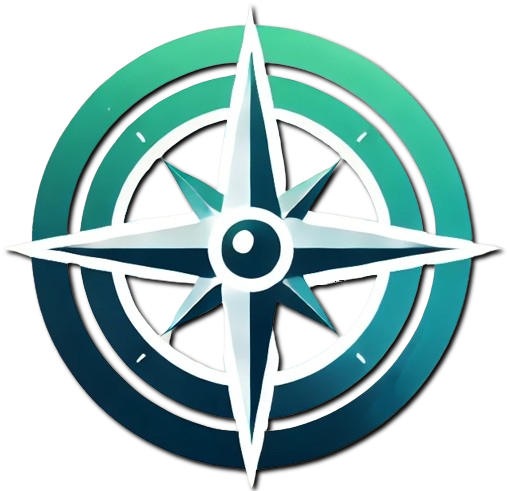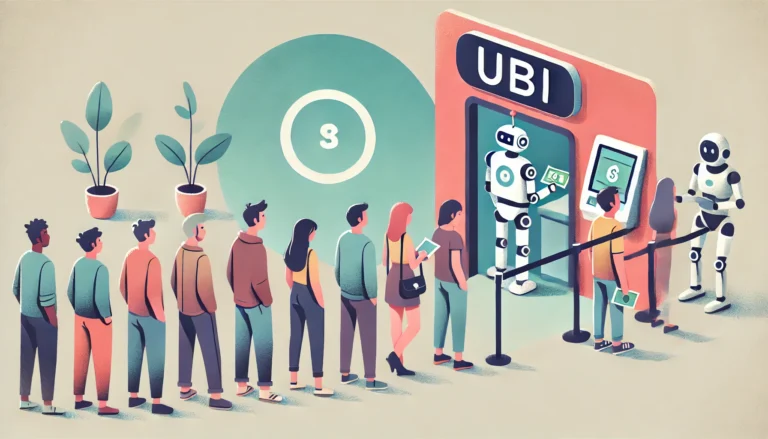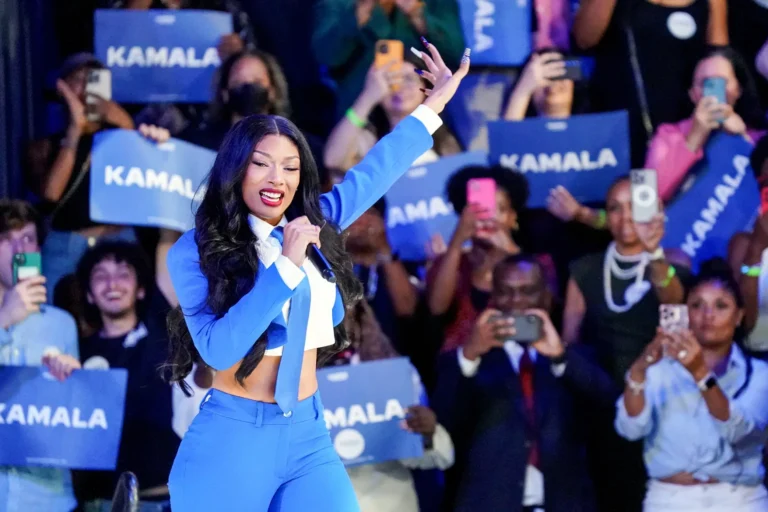Congo Genocide 2023: Unfolding of The Humanitarian Crisis

The year 2023 has brought a tragic resurgence of violence and ethnic conflict in the Democratic Republic of Congo (DRC), leading to what many are now calling the Congo genocide 2023. This humanitarian crisis has resulted in mass killings, widespread displacement, and a severe humanitarian emergency. This article explores the background of the conflict, describes how the genocide unfolded, and provides an update on the current situation.
Background of the Problem
The Democratic Republic of Congo has a long history of conflict, instability, and ethnic violence. The roots of the current crisis can be traced back to the colonial era and the complex interplay of ethnic tensions, political power struggles, and the scramble for the country’s vast mineral resources.
Historical Context
The DRC, formerly known as Zaire, gained independence from Belgium in 1960. However, the country has struggled with political instability, corruption, and violence ever since. The First and Second Congo Wars, spanning from 1996 to 2003, involved multiple African nations and resulted in millions of deaths, primarily from starvation and disease.
Ethnic Tensions
The DRC is home to over 200 ethnic groups, and tensions between these groups have often led to violence. In the eastern provinces, such as North Kivu and Ituri, conflicts between Hutu, Tutsi, and other ethnic groups have been particularly severe. These tensions are often exacerbated by competition over land and resources.
Rebel Groups and Armed Militias
Various rebel groups and armed militias operate in the DRC, including the Allied Democratic Forces (ADF), the Democratic Forces for the Liberation of Rwanda (FDLR), and the March 23 Movement (M23). Additionally, these groups often exploit ethnic divisions and have been responsible for numerous atrocities over the years.
The Unfolding of the Congo Genocide 2023
The current genocide in the Congo began in early 2023, sparked by a series of violent clashes between rival ethnic groups and armed militias. The violence quickly escalated, resulting in mass killings and widespread displacement of civilians.
Initial Clashes
The situation in the Democratic Republic of Congo took a devastating turn in January 2023, when violent confrontations erupted between the Hema and Lendu ethnic groups in Ituri province. As tensions between these groups boiled over, the resulting violence tragically led to dozens of deaths and forced the displacement of thousands of people from their homes.
Subsequently, the unrest spread rapidly, and similar incidents soon unfolded in the North Kivu and South Kivu provinces. In these regions, Tutsi and Hutu militias, driven by deep-seated animosities and long-standing grievances, engaged in brutal and relentless fighting.
Furthermore, these violent clashes not only exacerbated the existing tensions but also triggered a chain reaction of fear and instability across the affected areas. As the conflict intensified, the local population found themselves caught in the crossfire, with many fleeing in search of safety, thus deepening the humanitarian crisis. Consequently, the escalating violence in these provinces marked the beginning of what would become a full-scale and devastating conflict in the region.”
Escalation of Violence
By March 2023, the violence had escalated significantly. Armed groups targeted villages, schools, and hospitals, committing atrocities such as mass rapes, killings, and the burning of homes. The Congolese army, struggling to contain the violence, was accused of human rights abuses and failing to protect civilians.
International Response
The international community responded with condemnation and calls for urgent action. The United Nations (UN) deployed additional peacekeeping forces to the DRC, but their presence has been insufficient to halt the violence. Humanitarian organizations have struggled to provide aid to the growing number of displaced persons, who now number in the hundreds of thousands.
The Humanitarian Crisis
The ongoing conflict has created a severe humanitarian crisis. Displaced persons are living in overcrowded camps with limited access to food, clean water, and medical care. The risk of disease outbreaks, such as cholera and malaria, is high, and malnutrition is widespread.
Displacement and Refugees
As of mid-2023, over one million people have been displaced by the violence. Many have sought refuge in neighboring countries, such as Uganda and Rwanda, while others remain in internally displaced persons (IDP) camps within the DRC. These camps are often unsafe, and residents face constant threats from armed groups.
Human Rights Violations
Reports of human rights violations are rampant. Women and children are particularly vulnerable, with numerous accounts of sexual violence and child soldier recruitment. The International Criminal Court (ICC) has expressed concern over the situation and is investigating potential war crimes and crimes against humanity.
Humanitarian Aid and Challenges
Meanwhile, humanitarian organizations are tirelessly working to provide aid; however, their efforts are severely hampered by the ongoing violence and lack of access to affected areas. Furthermore, funding shortages and logistical challenges only serve to further complicate the delivery of assistance.The UN has appealed for more international support to address the crisis.
How Things Are Today
As we move into the latter half of 2023, the situation in the Congo remains dire. Despite international efforts and peace talks, the violence continues, and the humanitarian crisis shows no signs of abating.
Current State of Conflict
The conflict persists in several regions, with new reports of atrocities emerging regularly. The Congolese government has pledged to restore order, but its efforts have been largely ineffective. Armed groups continue to control significant territories, and the cycle of violence and retaliation seems unbreakable.
Peace Talks and International Intervention
Peace talks have been initiated, involving key stakeholders, including the Congolese government, rebel groups, and international mediators. However, progress has been slow, and trust between the parties remains low. The international community continues to push for a ceasefire and a negotiated settlement, but achieving lasting peace remains a formidable challenge.
Humanitarian Efforts and Support
Humanitarian organizations are scaling up their efforts to provide aid to those in need. The UN and NGOs are focusing on delivering food, medical supplies, and shelter to displaced persons. Educational programs and psychological support services are also being established to help affected communities rebuild their lives.
Global Awareness and Media Coverage
Consequently, media coverage of the Congo genocide 2023 has brought global attention to the crisis. Notably, news outlets and social media platforms have highlighted the plight of the Congolese people, which, in turn, has prompted international solidarity and calls for action. Additionally, advocacy groups are actively working to keep the issue in the public eye and pressure governments to increase their support.
Conclusion
The Congo genocide 2023 is a tragic reminder of the enduring instability and violence that has plagued the Democratic Republic of Congo for decades. The conflict, driven by ethnic tensions, political struggles, and competition over resources, has resulted in a severe humanitarian crisis, with millions of lives at risk.
Despite international efforts and peace talks, the situation remains critical. The global community must continue to support humanitarian aid efforts and push for a peaceful resolution to the conflict. The plight of the Congolese people cannot be ignored, and concerted action is needed to prevent further atrocities and ensure a brighter future for the DRC.
As we reflect on the Congo genocide 2023, it is crucial to remember the human stories behind the statistics and headlines. Although the victims of this conflict deserve justice, compassion, and a chance to rebuild their lives in peace. We must not turn a blind eye to their suffering, and We have to make every effort to bring an end to this devastating crisis.
References
- Global Conflict Tracker – Congo – Background and current conflict details in DRC.
- Human Rights Watch – World Report 2024: Democratic Republic of Congo – Human rights violations and current events.
- UN Press Release – Democratic Republic of Congo Battling Worsening Humanitarian Crisis – Overview of the humanitarian crisis and international response.
- Human Rights Watch – Killings, Rapes by Rwanda-Backed M23 Rebels – Reports on atrocities by armed groups.
- Amnesty International – Human Rights in Democratic Republic of the Congo – Analysis of human rights issues in the DRC.
- UN Meetings Coverage – Protect Civilians in Democratic Republic of Congo – UN efforts to protect civilians in conflict zones.
- Al Jazeera – A Guide to the Decades-Long Conflict in DR Congo – Detailed background on the ongoing conflict.
- ReliefWeb – Voices from a Forgotten Crisis in DR Congo – Humanitarian perspectives and challenges.
- UN OCHA – Democratic Republic of the Congo: Humanitarian Response Plan 2023 – Humanitarian response strategies in DRC.
- BBC News – The Genocide is Real: The Democratic Republic of the Congo in 2023 – Coverage of the genocide and international reactions.
- World Without Genocide – Democratic Republic of the Congo – Historical context and analysis of the conflict.
- Reuters – Ethnic Conflict Kills 11 People in Western Congo – Reporting on specific incidents of violence.
- US News – What’s Happening in Eastern Congo – Recent developments in the conflict.
- CNN – Congo’s Ongoing Crisis: The Role of Rebel Groups – Analysis of rebel groups and their impact on the conflict.
- VOA News – Humanitarian Disaster Looms in Eastern Congo – Overview of the humanitarian disaster unfolding in eastern Congo.







